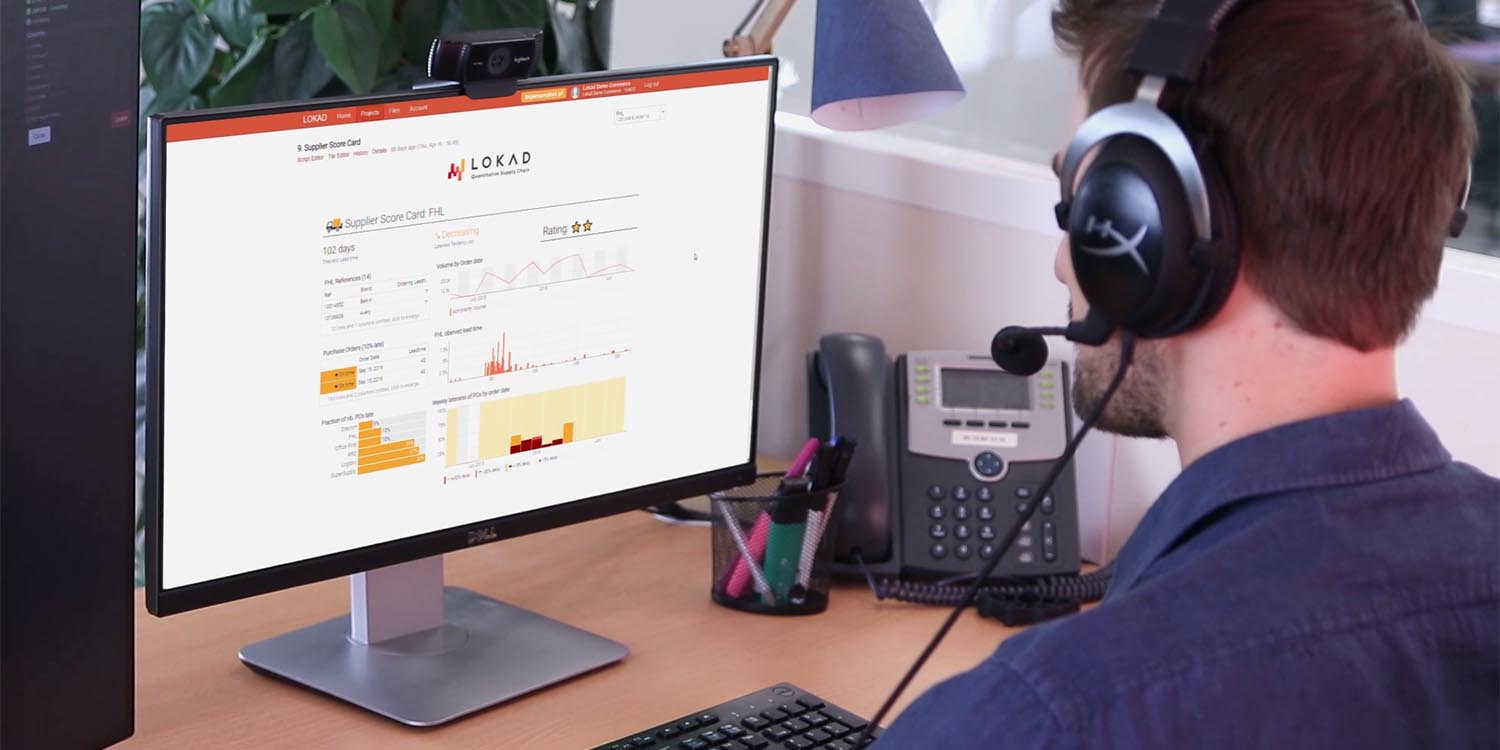Supply Chain science and tech
BACK TO LOKAD TV ›
Inventory Optimization for SMBs
Inventory optimization matters for small and medium companies (SMBs). The choice ranges between investing in costly enterprise software to taking on the challenge of doing it manually in-house. For this episode of LokadTV, we explore this dilemma and try to understand what SMBs can do to get the best out of their, sometimes limited, resources.
Tail Risks in Supply Chains
Tail risks are sudden, unexpected events and they often kill companies. Brexit, the Covid-19 outbreak and Iceland's volcanic eruption are a few recent examples. Classic supply chain practices leave companies wholly unprepared for those events. This does not have to be the case.
The Role of Excel in Supply Chain
Forecasting demand and optimizing stocks are both usually done in Excel, even in large companies. Many CIOs have tried to move away from spreadsheets to no avail.
Demand Sensing, a Textbook Illustration of Mootware
Demand Sensing is yet another buzzword in supply chain that does not live up to the community's expectations.
Naked Forecasts Considered Harmful
Here at Lokad, our commitment is to deliver the best forecasts that technology can provide. As a result, potential clients often ask if we can provide forecasts alone instead of a full managed solution. In this episode of LokadTV, we explain why these naked forecasts invariably introduce a whole host of different problems and how, even with better forecasts, a practitioner usually end up degrading the performance of a supply chain.
Software Design for Supply Chains
Lean Supply Chain Management (Lean SCM) starts with a lean applicative landscape to support the supply chain. However, 'lean' in software is primarily a matter of architectural choices. Those choices define the class of problems where the chosen software design is a good fit, and where it isn't. Many supply chain problems stem from broken-by-design situations where core design choices conflict with real-world requirements.
Bad Data in Supply Chain
The proper preparation of data is critical to achieve success with difficult undertakings such as accurate demand forecasting. Bad data is usually the scapegoat of failed supply chain initiatives. Yet bad data usually reflects poorly understood software and processes rather than erroneous data entries.
Willingness to Pay
Willingness to pay is a basic economic concept that determines the maximum amount an individual is willing to pay for a specific good or service. This can be affected by many factors such as marketing and trends, and can often vary massively from consumer to consumer. While this notion is essential to understand market demand, it is too frequently ignored by supply chain practitioners.
Pseudo-Science in Supply Chains
Like most complex systems, supply chains are difficult to comprehend. Most naive measurements, such as the forecasting accuracy, only give a partial view of the problem. As a result, during the 90's and 2010's, multiple methods like ABC analysis or safety stocks have persisted while they had neither theoretical grounding nor empirical results to support them.
A/B Testing, Exploration vs. Exploitation
A/B testing is a method of comparing two options, or more, in order to assess which one yields the best outcome. Unfortunately, A/B testing performs poorly when confronted with supply chain challenges. In this episode of LokadTV, we learn why this type of testing is currently being used in a number of industries and why it has historically been so popular. We learn more about how this approach is profoundly weakened when applied to a supply chain and the complexities that mean that alternative approaches work much better.
Lokad Quantitative Supply Chain Software
3 min introduction to the 'Quantitative Supply Chain', a predictive approach to deliver superior supply chain performance through probabilistic forecasts and numerical optimization.
Shadow IT in Supply Chains
The predictive optimization of supply chains relies on data that can usually be found somewhere in the company's existing applicative landscape. However, many of these systems may not be managed by IT as they arose from immediate operational needs that weren't covered by the official systems. Shadow IT is the name given to IT systems that are created within a company without the explicit approval of the management.











